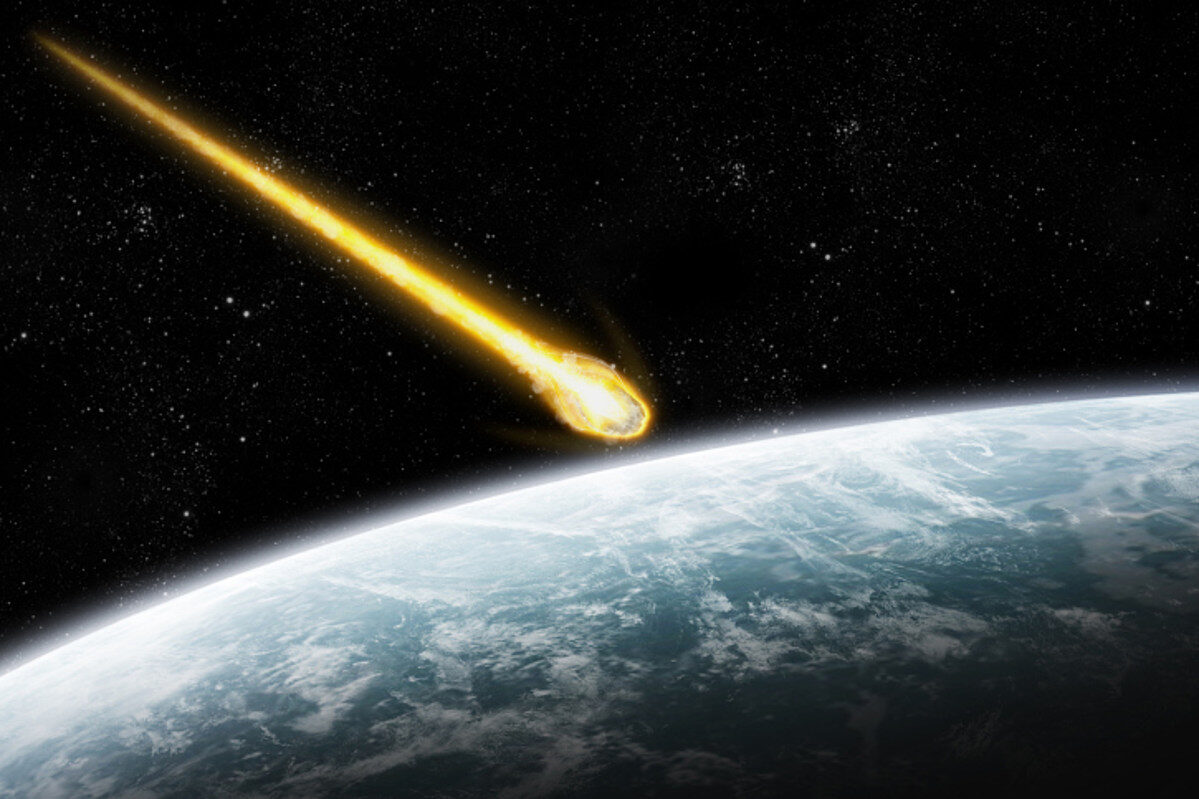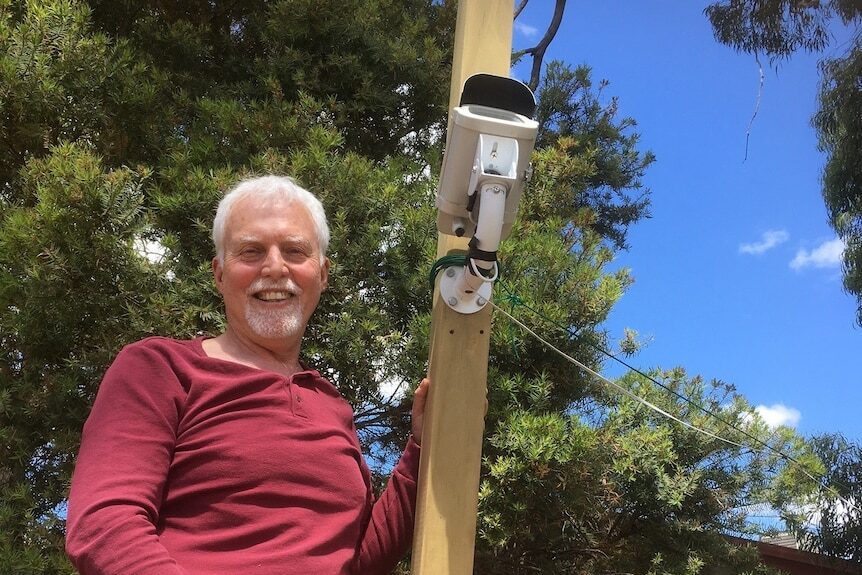One of just three in Victoria, his camera at Mooroopna switches on from dusk until dawn every night with the aim of capturing footage of meteors.
And when Mr Poulton checked the camera on the morning of November 29, he spotted something.
"Lo and behold, we had a fireball!"
"Initially I could just see this flash," Mr Poulton said.
"You can process the data as a short video and when I did, you could see this huge bolide [an exceptionally bright meteor] that's moving through the atmosphere. It was very exciting to see that sort of vision."
Mr Poulton is part of the Global Meteor Network, a worldwide citizen science project that aims to have cameras like his set up all over the world to monitor the movement of meteors.
"Observing those fragments as they ignite in Earth's atmosphere can give us their orbits, which means you know from which part of the solar system they came from," explains the network's website.
There are about 500 cameras around the world, and the network wants more people to set them up.
"You can build one of these for about $400, put it up in the sky and you can be part of this wonderful science project," Mr Poulton explained.
One camera has been set up in Melbourne for a while, and Mr Poulton set up his Mooroopna camera about six weeks ago.
Last week, he put up another one at his brother-in-law's house in Murchison, a small town on the Goulburn River that was put on the map in 1969 when a meteorite weighing more than 100 kilograms fell there.
"The Murchison meteorite is world famous; [it was] a very rare type of meteorite," Mr Poulton said.
"They're still learning from and making new discoveries from that meteorite more than 50 years on, so they're very precious to science."
A ground search
Scientists from Monash University determined from Mr Poulton's footage that the meteor could have been anywhere between 100 grams to 3kg.
Mr Poulton explained that anything over 300g was considered to be of scientific interest.
The next step is to find meteorites on the ground. The researchers believe rocks would have fallen west of Bendigo, around Meyers Flat.
A group of 15 scientists and Mr Poulton were unable to find any when they went searching at the start of this week, but they believe people in the area could quite easily stumble upon some.
The rocks are described as granular, black or brown, and they could have a fused-looking surface and be quite fragile.
"There are definitely meteorites on the ground out there," Mr Poulton said.
"Somebody might have heard a bang on their roof and there could be something lying in their gutter. Somebody might have seen a broken window or an unusual rock in their driveway. That's the sort of thing we're looking for."





Reader Comments
to our Newsletter